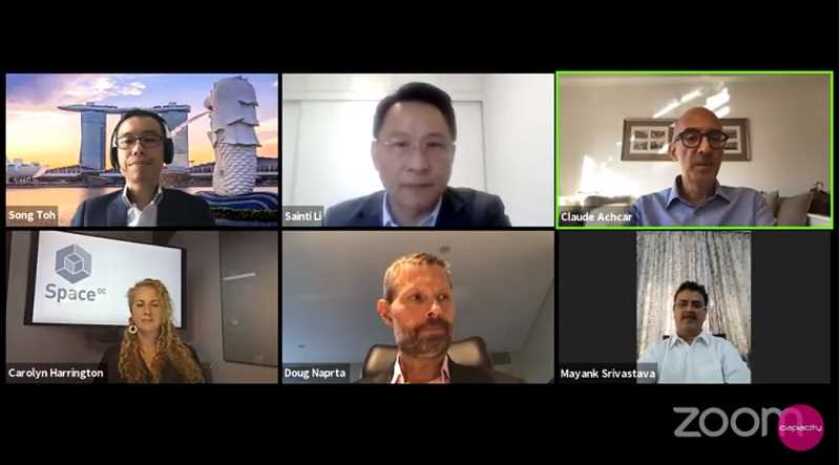AI and IoT are both fuelling new demand, which in turn, creates accelerated levels growth opportunities available to data centre and cloud players.
The panel, which included Carolyn Harrington, Chief Operating Officer at SpaceDC, Song Toh, VP, Global Network Services at Tata Communications, Sainti Li, MD, Hong Kong at Global Switch, Mayank Srivastava, Head of Stratey and M&A at BDx, and Dough Naprta, Regional Gead of Business Development at Telstra.
They all outlined key market trends to be aware of heading into 2021, and one in particular that stood out was hyperscalers’ position in the Edge race.
Srivastava mentioned that he believes they are already dominating the Edge and used YouTube as an example.
“It is very rare that you find a YouTube video that buffers and that is only because YouTube has taken to Edge like nobody else has globally,” he added.
“If you look at some of the other applications that are set to come in, there are a lot of Edge acquisitions coming in too.
“Edge has its set of challenges, thus it is going to be difficult to have standalone edge players survive in pockets, but there will always be exceptions to the rules.”
Another key theme revealed was that in order to identify opportunities, it is important to follow the trends and a mixture of data centre operators and network operators are already on the ball.
“Carriers are going to play a critical part in facilitating Edge compute. I think it is going to be a hybrid model that will eventually come to play,” said Naprta.
“I don’t think the hyperscalers can facilitate all of the data centre capacity required out to the edge, thus the carriers will become a significant part of being able to deliver that.”
One other common trend agreed upon by the session participants was that there will be a huge increase in the build out of new Edge infrastructure as the demand leaves no room for slowing down in the near future.





